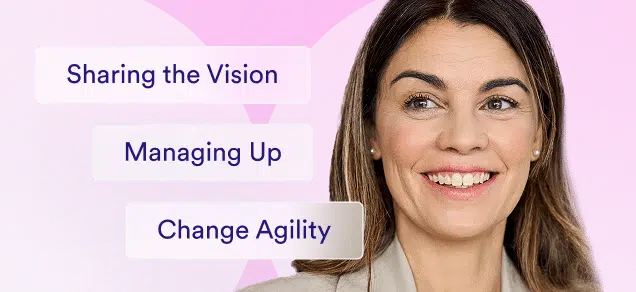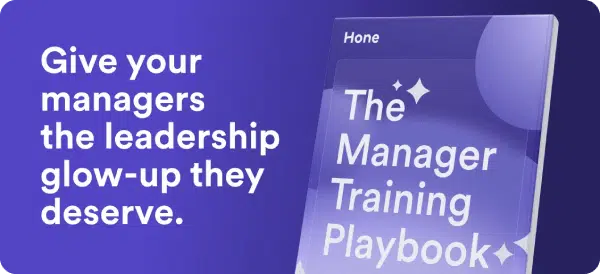Did you know that one of the most popular beliefs in education — learning styles — has no strong evidence supporting it? Despite the lack of evidence, it’s still widely used in classrooms and corporate training programs. Understanding learning science is crucial for both educators and learners to maximize the effectiveness of teaching and training methods. Unfortunately, many widely accepted practices are based on myths rather than solid evidence. In this article, we’ll explore and debunk common learning myths and bridge the gap between academic research and practical application based on insights from learning expert Will Thalheimer.
Will Thalheimer is well known in the field of L&D, known for his evidence-based approach to improving workplace learning. With a strong background in instructional design, performance improvement, and learning evaluation, Will Thalheimer has dedicated his career to translating research findings into practical strategies for L&D professionals.
Will Thalheimer debunks common learning myths
Myth 1: Learning styles improve learning outcomes
The idea that individuals learn better when taught in their preferred style (visual, auditory, kinesthetic) is widespread. However, studies indicate no substantial improvement in learning outcomes when teaching methods match learners’ preferred styles. Instead, Will suggests focusing on aligning your teaching methods to the content being taught. For example, if you’re training someone on a new software, you might conduct live demonstrations or provide hands-on practice. Or if you’re trying to develop leadership skills, you can engage learning with role-playing, group discussions, and realistic case studies.
Myth 2: The 70-20-10 model is a rigid framework
Many believe that learning should strictly adhere to 70% experiential, 20% social, and 10% formal training. Will clarifies that the model was intended as a guideline rather than a strict rule. It’s important to adapt the model to fit the specific context and needs of the organization, emphasizing flexibility and relevance over rigid adherence.
Disconnect between L&D research and practice
Academic research is often hard for L&D practitioners to access or use. The complex research findings are not easily translated into everyday training practices, creating a big gap. L&D professionals have challenges like limited time and resources to keep up with the latest research, making it tough to apply theoretical ideas to different workplace situations.
It’s important to create ways for researchers and practitioners to regularly interact. Encouraging L&D teams to engage in ongoing professional development and to improve their research skills can help close this gap. Will stresses the need to build a culture based on evidence within organizations, where research and practice support each other.
Practical advice for L&D leaders implementing research-based strategies
Don’t go it alone
Assemble a team of like-minded individuals within your organization who are also interested in best practices. This helps reduce the stress of feeling like a “lone wolf.”
If it’s challenging to find such colleagues internally, seek out external professional networks. Organizations like the Learning Development Accelerator and the Learning Guild are excellent resources for connecting with other L&D professionals who are dedicated to research-based practices. Local professional groups and meetups can also provide valuable support and networking opportunities.
Learn from the research translators
Instead of trying to read and interpret research studies on your own, rely on experts who specialize in translating complex research into practical applications for the L&D field. Reading research requires expertise in areas like cognitive psychology, statistics, and research design, which can be overwhelming without proper training.
Experts like Julie Dirksen, Clark Quinn, Mirjam Neelen, Karl Kapp, Jane Bozarth, Patti Shank, Ruth Clark, and Paul Kirschner (and Will Thalheimer, of course!) offer valuable insights and interpretations that can guide your practice. Leveraging their expertise ensures you are applying research accurately and effectively, without the risk of misinterpretation.
Collecting data that is actually meaningful
Align data collection with specific learning objectives and desired outcomes. Focus on metrics that provide insights into both learning processes and results. Use a mix of quantitative and qualitative methods, such as pre- and post-assessments, behavioral observations, and feedback surveys, to measure knowledge gains and application.
Measure learning effectiveness with the Learning Transfer Evaluation Model (LTEM)
Will Thalheimer created LTEM to give us a framework for assessing the effectiveness of our learning programs. It emphasizes the importance of measuring learning transfer and impact on job performance, focusing on both learning outcomes and the application of learned skills. Let’s break down the eight tiers of measurement.
1️⃣ 2️⃣ Tiers 1 and 2 are about attendance and learner activity. While measuring these aspects of a program is helpful, it’s not the whole story. Just because someone shows up doesn’t mean they’re really learning.
3️⃣ Tier 3 digs into learner perceptions, using surveys and other tools to understand their perspectives and feelings about the learning experience.
4️⃣ 5️⃣ 6️⃣ Tiers 4, 5, and 6 get into the nitty-gritty of actual learning: what knowledge learners have gained, how well they can make decisions, and if they can apply what they’ve learned in real tasks.
7️⃣ 8️⃣ Not all learning is the same. It’s not just about remembering facts; it’s also about developing practical skills. That’s why Tier 7 looks at whether learning leads to behavior change, and Tier 8 broadens the scope to consider how it affects not just the organization but also the learners’ lives and society as a whole.
LTEM doesn’t say that you measure every tier for every training program. Instead, it gives you a roadmap to determine what to measure based on what matters most to your program’s goals and needs.
Steps to implement LTEM
- Define objectives: Clearly outline what the training aims to achieve in terms of knowledge, skills, and behaviors.
- Map the learning transfer process: Identify key steps and factors that influence the transfer of learning to job performance.
- Regularly review and adjust: Continuously monitor and refine evaluation methods based on LTEM principles to ensure they remain effective and relevant.
Embracing research for more effective learning
Understanding the basics of learning science and knowing which methods really work is key for good teaching and training. Will Thalheimer’s advice helps clear up common myths like learning styles, the strict 70-20-10 rule, and the over-focus on the forgetting curve.
For L&D professionals, connecting research with everyday practice can be tough but important. Encouraging ongoing learning, understanding research, and mixing live and online training can improve learning experiences. Using evaluation models like the Learning Transfer Evaluation Model (LTEM) helps ensure training programs make a real difference in job performance.
By using proven methods and letting go of myths, teachers and trainers can greatly improve learning and performance. For more insights, watch the entire podcast episode with Will Thalheimer below.
Want to see how Hone can help you deliver more effective learning at scale? Check out Hone Membership here.











